1. Mervyn’s
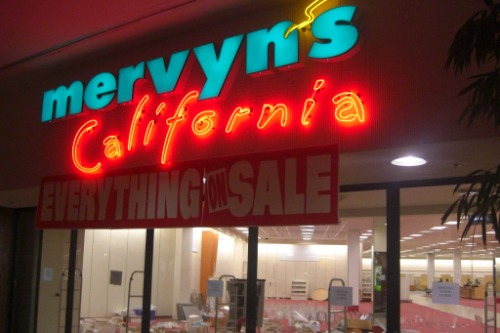
Mervyn’s was a go-to department store for affordable clothing and home goods, especially across the West and Midwest. It had a reputation for solid deals and back-to-school sales. At its peak, Mervyn’s ran over 300 stores. But by 2008, after a brutal retail environment and financial mismanagement, the chain went under.
Big-box competition and the rise of fast fashion left Mervyn’s behind. The Great Recession was the final nail in the coffin. Many former locations are now Targets or other chains. But for many families, Mervyn’s was once a regular stop that felt dependable and familiar.
2. Blockbuster Video
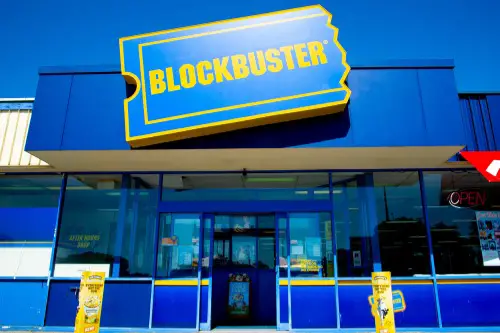
There was a time when Friday night wasn’t complete without a trip to Blockbuster. You’d wander the aisles, hoping that new release was still in stock, maybe grabbing a bag of microwave popcorn on the way out. At its peak in the early 2000s, Blockbuster had over 9,000 stores. Today, there’s only one left in Bend, Oregon—a quirky relic more than a retail giant.
Blockbuster’s fall came fast, as streaming services like Netflix and Hulu rewrote how we watch movies. The company famously passed on a chance to buy Netflix in 2000, a decision that sealed its fate. Now, all that’s left are hazy memories of late fees and worn-out VHS boxes. It’s hard to believe something that felt so permanent disappeared so completely.
3. RadioShack

RadioShack used to be the go-to spot for hobbyists, tinkerers, and early computer geeks. You could walk in and find a battery, a soldering iron, or obscure connectors you didn’t even know you needed. The chain boasted over 7,000 stores in its heyday, with locations in nearly every town. But after two bankruptcies, it’s a shadow of what it once was.
The rise of Amazon and changing consumer tech killed its niche. People no longer needed to pop in for cables or adapters—they could get them cheaper online. A few stores and the brand’s website still linger, but it’s hardly recognizable. For many, RadioShack’s demise marked the end of DIY electronics culture on Main Street.
4. The Automat
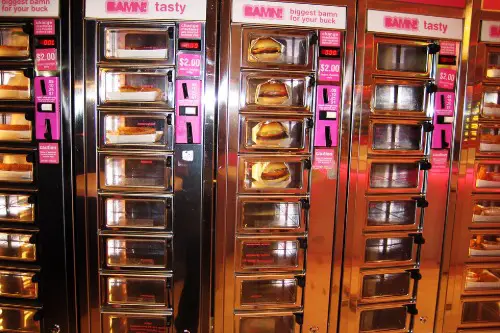
Once upon a time, grabbing a quick meal at an Automat was the height of urban convenience. You’d drop a few coins in a slot and pull out a slice of pie or a sandwich behind gleaming glass doors. Horn & Hardart’s Automats were especially iconic in New York and Philadelphia from the 1920s through the 1950s. But as fast-food chains rose, these coin-operated cafeterias faded away.
Changing tastes and suburbanization made the Automat feel old-fashioned. By the 1990s, the last true Automat had closed its doors. People had traded in novelty and ritual for drive-thrus and combo meals. Today, the Automat survives only in old movies and nostalgic storytelling.
5. Circuit City
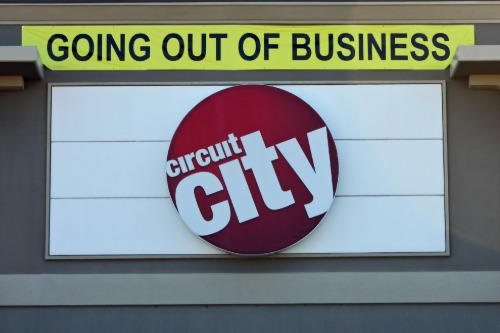
Before Best Buy dominated, Circuit City was the place for TVs, stereos, and computers. Its red-and-white logo was a familiar sight in shopping plazas across America. In the 1990s, it was the second-largest electronics retailer in the country. But by 2009, after years of missteps, all its stores were gone.
Bad management decisions and the Great Recession were fatal blows. Circuit City failed to keep up with e-commerce and customer expectations. Its liquidation sales were a sad sight—rows of gutted shelves and yellow clearance signs. Now, it exists only as an online brand with none of its old identity.
6. Woolworth’s
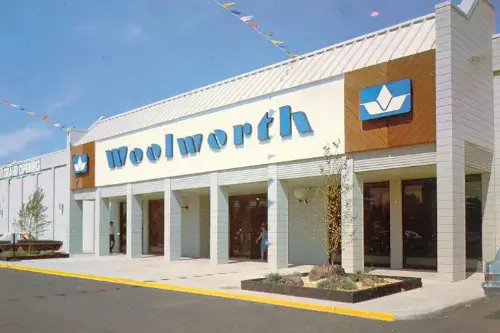
Woolworth’s was once known as “the five-and-dime” that had everything. From candy counters to housewares, these stores were woven into the fabric of small-town America. At its peak, Woolworth’s operated thousands of stores across the U.S. But by the late ’90s, the last U.S. Woolworth’s had shuttered.
Competition from discount giants like Walmart proved too much. Woolworth’s couldn’t modernize fast enough, and shopping habits changed. Some of its DNA lives on in Foot Locker, a division that outlasted the parent brand. But the era of lunch counters and creaky wooden floors is long gone.
7. Borders
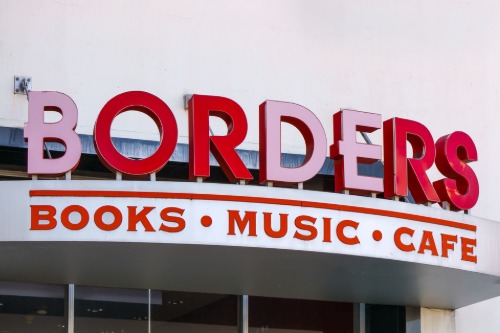
Borders was once a book lover’s haven, where you could lose hours browsing with a coffee in hand. With massive selections and cozy reading nooks, it felt like a community space as much as a store. By 2003, it operated over 1,200 stores worldwide. But by 2011, it filed for bankruptcy and closed for good.
Amazon and e-readers like the Kindle changed how people consumed books. Borders was slow to embrace digital and online sales, sealing its fate. Those empty storefronts reminded people of what was lost—more than just a retailer, it was a cultural hub. Today, many former Borders locations house gyms or grocery stores.
8. FAO Schwarz (Original NYC Flagship)
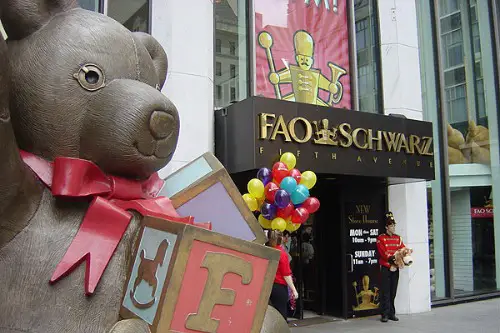
The original FAO Schwarz store in Manhattan wasn’t just a toy store—it was an experience. The life-sized stuffed animals, the giant piano, the magic of the displays drew families and tourists alike. Founded in 1862, it became a New York City landmark. But in 2015, high rents forced the iconic Fifth Avenue location to close.
FAO Schwarz made a comeback in a smaller space at Rockefeller Plaza, but it’s not quite the same. The original store felt larger than life, part of the city’s heart. Kids (and adults) left wide-eyed, carrying red bags filled with treasures. That old magic is now just a memory for many.
9. Howard Johnson’s
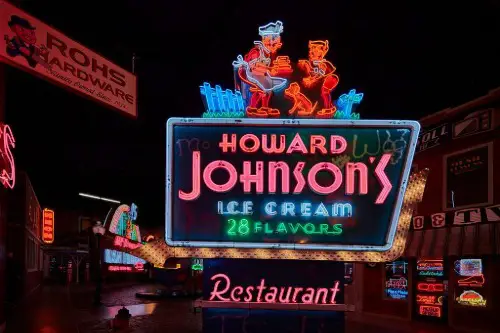
Once the largest restaurant chain in the U.S., Howard Johnson’s was a highway icon. Its orange roofs and 28 ice cream flavors were a welcome sight on long road trips. In the 1960s, there were over 1,000 locations. But by 2022, the last HoJo’s restaurant in Lake George, NY, had closed.
Fast food chains offered quicker, cheaper meals and overtook HoJo’s charm. The brand also struggled to adapt its menu and image for modern diners. For generations, though, it symbolized travel and Americana. Now, only the hotels (under different ownership) bear the name.
10. Toys “R” Us
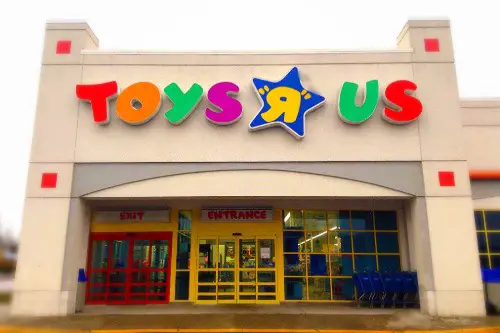
If you were a kid in the ’80s or ’90s, stepping into Toys “R” Us felt like entering paradise. Shelves stacked with Barbies, Hot Wheels, and video games stretched as far as the eye could see. At its height, Toys “R” Us operated over 1,500 stores globally. But by 2018, bankruptcy and changing shopping habits brought the curtain down.
Amazon and big-box retailers like Walmart ate away at its market share year after year. The toy giant couldn’t keep up with online shopping’s convenience. A few locations have reopened in malls in recent years, but they feel more like museum exhibits than the megastores we remember. For many, Geoffrey the Giraffe is now just a bittersweet reminder of childhood.
11. Montgomery Ward
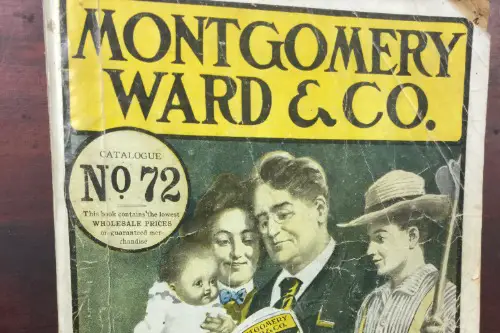
Montgomery Ward was once a retail titan that helped invent the mail-order catalog. Its department stores anchored malls across America for decades. At its peak, Montgomery Ward was a household name with hundreds of stores. But in 2001, after years of decline, it closed all brick-and-mortar locations.
Mismanagement and failure to modernize doomed the brand. It couldn’t keep pace with competitors like Sears or newer players like Walmart. The name lives on as an online retailer, but it’s not what it was. Older generations still remember circling toys in the Ward’s catalog at Christmas.
12. Sam Goody
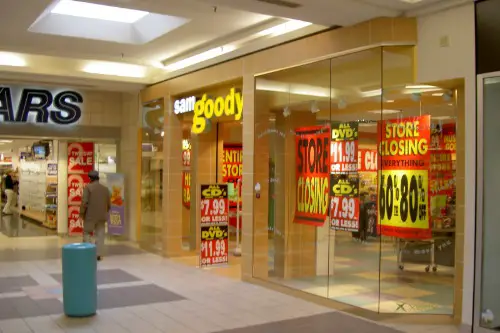
Sam Goody stores were a mecca for music fans. Rows of CDs, cassettes, and posters made it the place to discover your next favorite band. At its height, Sam Goody had hundreds of locations across malls nationwide. But by the late 2000s, nearly all had vanished.
Digital downloads and streaming made physical music stores obsolete. Big-box retailers and online options made it hard for Sam Goody to survive. The joy of flipping through racks of albums became a thing of the past. Now, it lives on mostly as a logo on old mall directories.
This post 12 Places That Used to Be American Institutions—and Are Now Just Dusty Memories was first published on American Charm.


